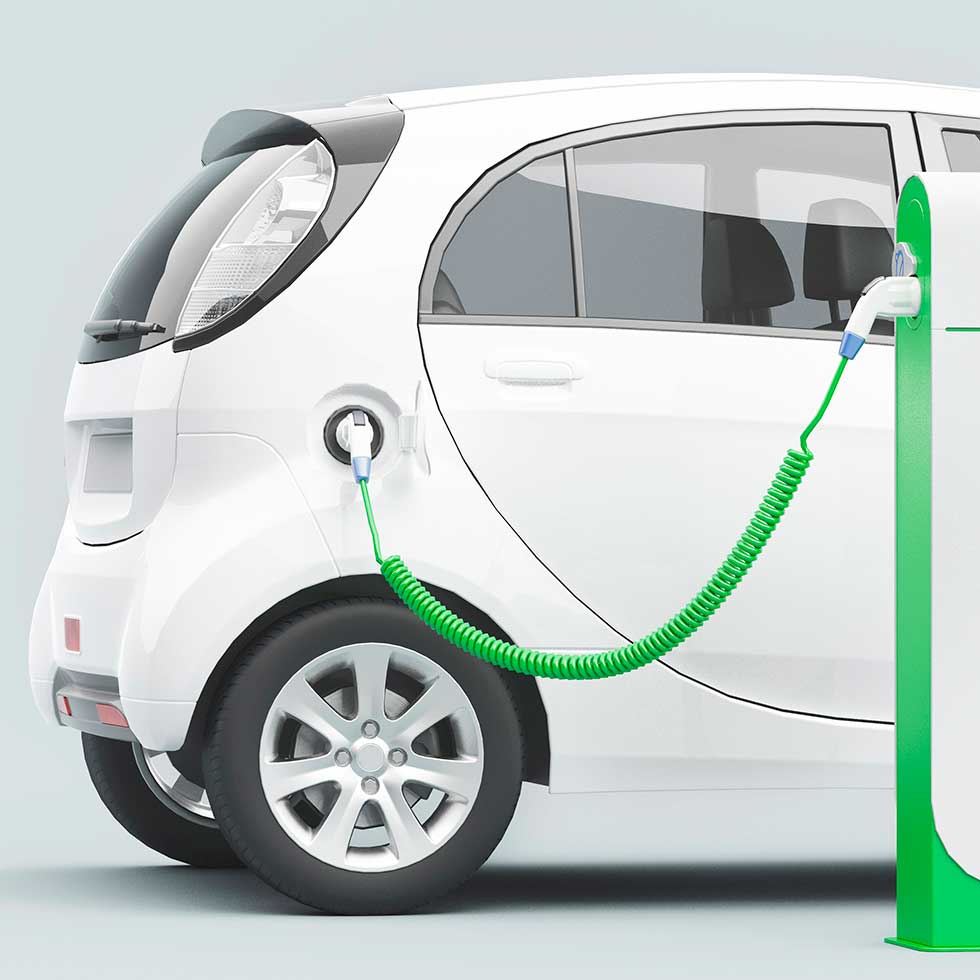Lempäälä is a forerunner in energy, energy communities, and self-sufficient energy systems, such as the large-scale Lemene area and Taaleri Energia’s gigantic energy storage system. Here, renewable energy sources are integrated into smart electricity grids where technologies such as battery energy storage systems are used to balance the variations in renewable energy production.
The Lempäälä House building is noticeably smaller but follows the same principle of local, renewable power production from solar panels. A pilot project is now ongoing, utilizing reused electric car batteries delivered by the Norwegian company ECO STOR to stabilize electricity production and reduce the load on the local electric grid. The Finnish company Ekokumppanit contributes with guidance and local knowledge in Finland. The aim is to achieve economic efficiency and positive environmental impacts at the property level as part of the municipal and national overall energy system.
The pilot is a part of the EU-funded TREASoURcE project, which focuses on different aspects of circular economy. Because battery energy storage based on reused EV batteries is a new technology, as well as Lithium-ion battery energy storage systems in general, there is limited knowledge and few standard solutions available. The knowledge gained in this project will help to reduce the cost and labor required to install such systems.
How is the battery pack of the Lempäälä House used today?
To reduce the load on the electric grid, the batteries can supply energy when the building has high consumption. Lowering the maximum load on the electric grid means that the grid operator saves cost on their grid, which is reflected in reduced grid tariffs for the building.
For Lempäälä House, excess energy production from the solar panels on the roof can be stored in the batteries during the daytime to be used by the building in the afternoon. Because the price for selling electricity during the daytime is usually significantly lower than buying electricity in the afternoon, this reduces the total energy cost.
Later, other grid stabilization services will be investigated to see if this battery system can contribute. These are services where the battery system keeps the electric grid stable by providing power in times of high demand, for which the grid operator pays the battery system owner.
The pilot battery pack has been optimized cost-effectively; its size during the test is 80 kWh, which means that the battery pack can deliver 40 kW for two hours. This corresponds to the power requirement of about 30 kitchen ovens.
The battery structure and the building services of the Lempäälä House have been built in such a way that it is quite easy to add batteries as needed, thanks to a large battery room and a modular battery system design.
Challenges so far have included different regulations and interpretations within the Nordic countries. In Finland, the rule base is quite strict. For this reason, it would be a good idea to agree nationally on regulatory clarification and requirements. Establishing “best practices” and standard accepted solutions will enable installers, building owners and battery providers to effectively plan, budget, design and install battery systems, and more easily decide whether batteries should be installed in the first place.
After the system has been operational for a few months, the data collected will be analysed to determine how the battery system has influenced the local electric grid and quantify the value such a system can add to the building.
23.09.2024 | Jari Saukko (EcoFellows), Mathias Thorsen (ECO STOR)
For more information, contact: jari.saukko@tampere.fi
Find more news here.

